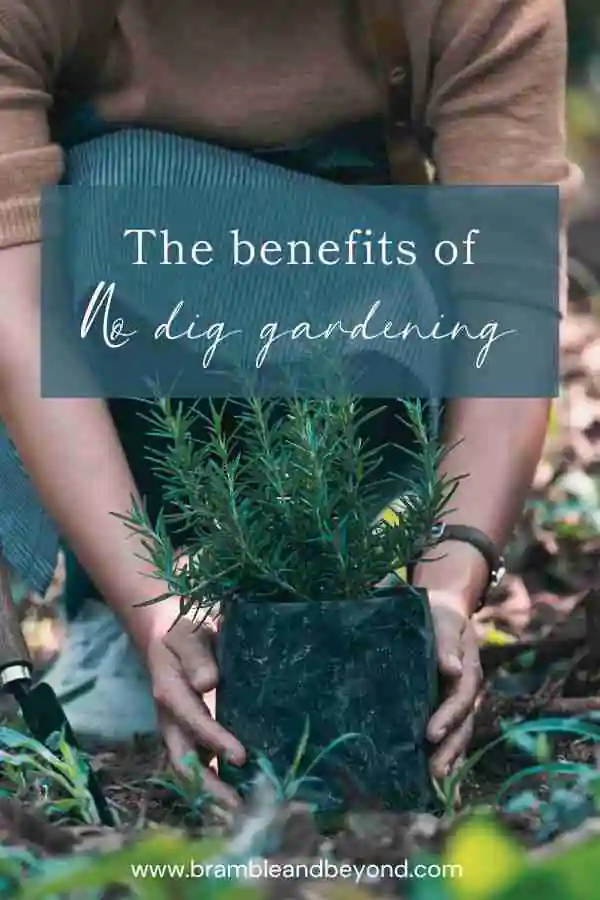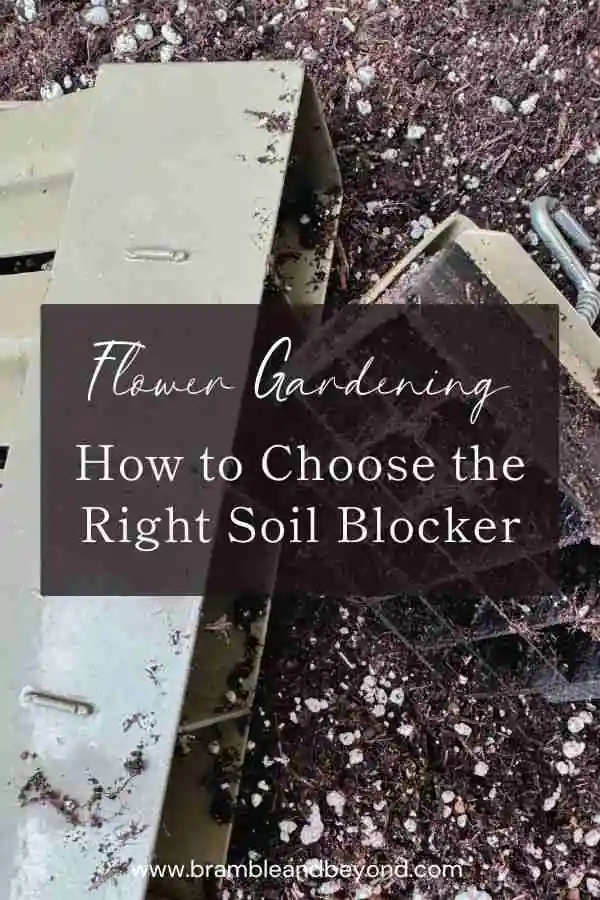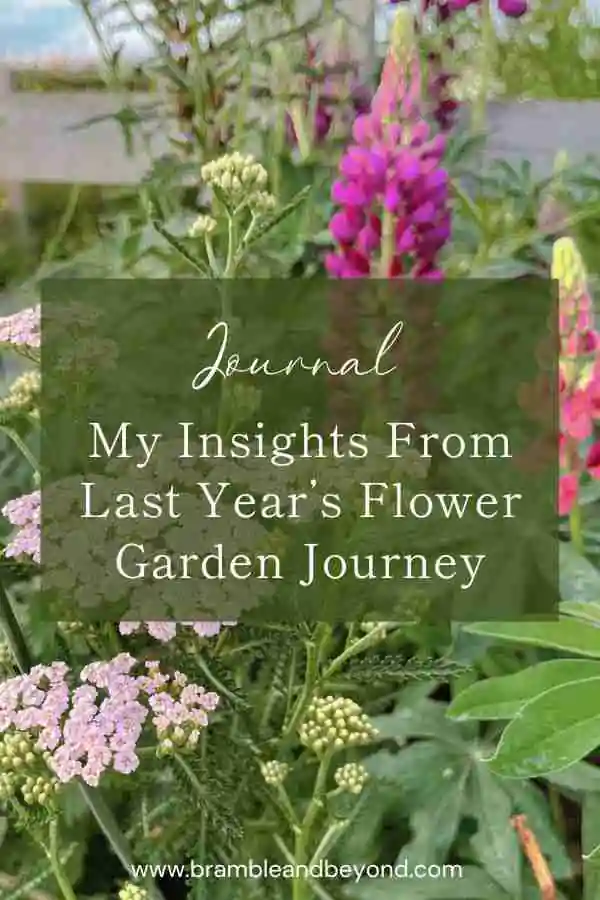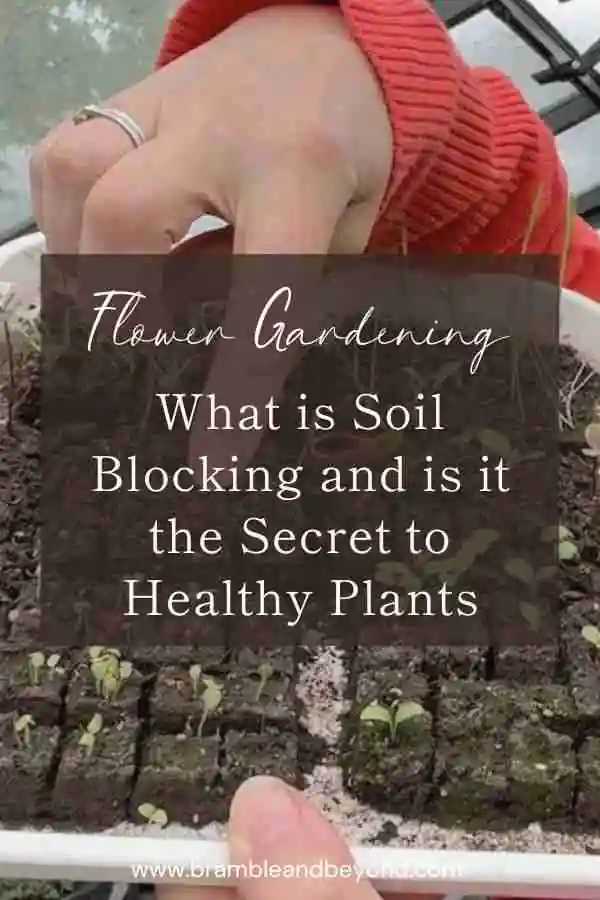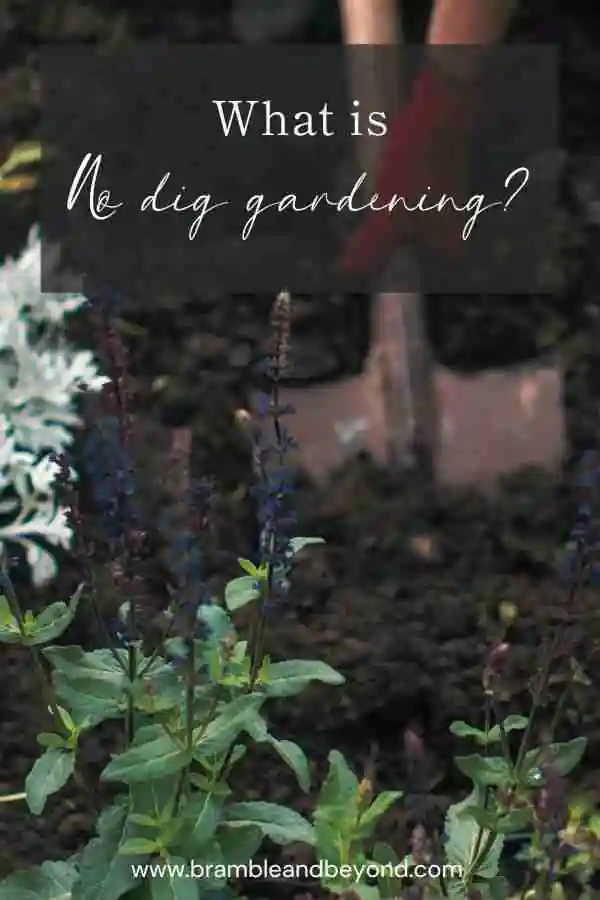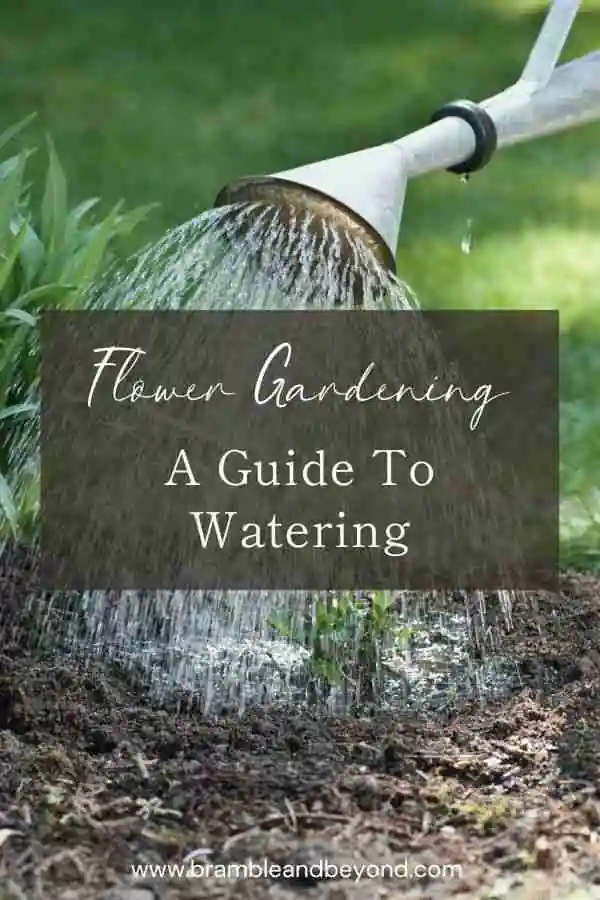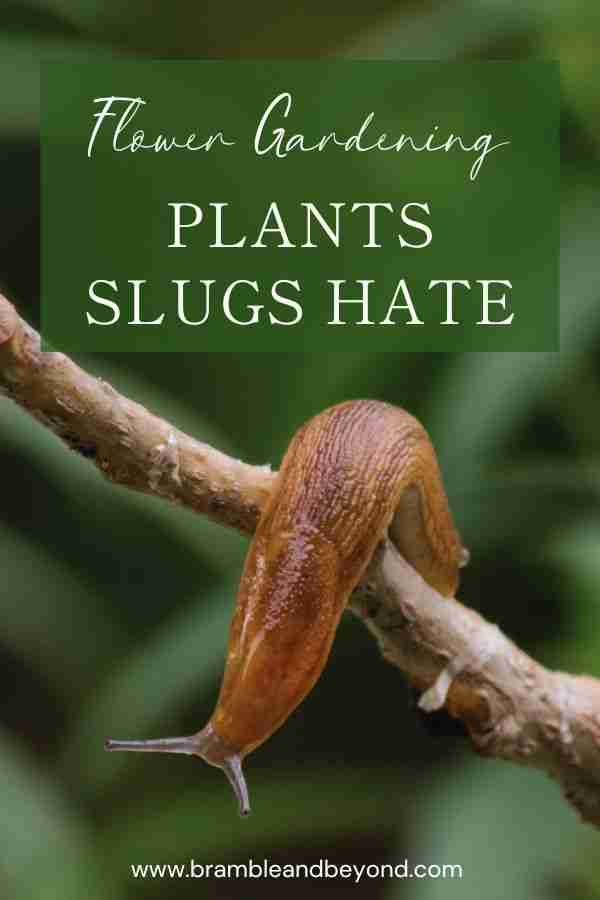Disclosure: This post may contain affiliate links, meaning I get commission if you decide to make a purchase through my links, at no cost to you. Please read my Affiliate Disclosure for more information.
Now, some people might consider me a laid-back gardener, but I just don’t want to put unnecessary effort into something unless there’s a clear benefit. After all, I’m a woman in my fifties with a troublesome back, so digging is not exactly at the top of my list of favourite garden activities. Especially since I’ve recently discovered the numerous benefits of no dig gardening.
No dig gardening is a fantastic example of working efficiently in the garden. Instead of exerting yourself by digging, simply cover the area with a layer of compost and enjoy improved water retention and weed suppression.
The origins of no dig gardening
I’m not one to jump on a band wagon without thorough investigation; well maybe I will if it sounds like I can reduce the work in the garden. But no dig is something I have been looking into and practicing for quite some time.
The main problem in my garden, is and always has been, weeds. I can’t keep the blighters down. So when I created my cutting patch, my first foray into the no dig approach was by following the guidance in Ruth Stout’s book Gardening Without Work. In this she extolls the virtue of simply covering your ground with straw, straight from a straw bale. And that is it!
I gave it a try, and I can confirm that the weeds were indeed suppressed. It was evident that the area with straw had very few weeds, while a neighbouring area without straw was overrun with nettles.
However, I did encounter a problem with this approach – slugs. The straw seemed to attract and increase their numbers significantly. As a result, anything remotely tasty was devoured overnight. Not exactly the outcome I was hoping for. I discovered that while straw is excellent for suppressing weeds, it was not suitable for the damp weather in the UK. However, if you live in a dry climate, this approach might work well for you.
Feeling a bit despondent, I stumbled across Charles Dowding’s work, and this was a game changer. Using cardboard as an initial weed suppressant and compost as an organic layer to feed and improve the soil, and to plant into, my cutting patch has positively bloomed (pun intended).
If you’re interested in learning more about how the no dig approach works, I recommend checking out this post.
The benefits of no dig gardening
There are many benefits to the no dig approach and here are just a few of the headliners:
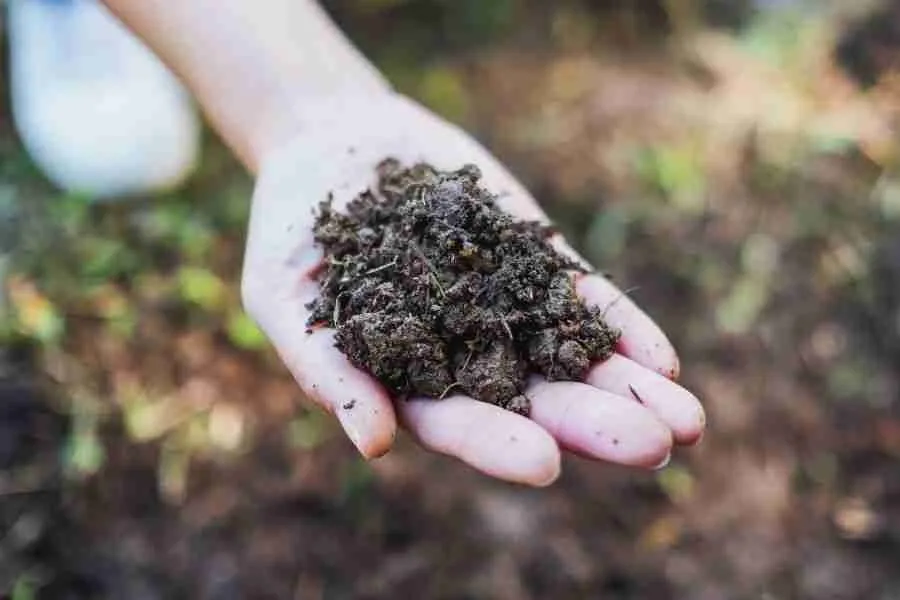
Improve soil
The key to a beautiful flower garden is to start with healthy soil. By adding generous layers of organic matter, the no dig gardening approach helps improve the structure of the soil, resulting in better retention of nutrients. By avoiding the process of digging, the soil remains undisturbed, which allows beneficial organisms to thrive and creates a more balanced ecosystem.
By incorporating the practice of no dig gardening, you can greatly enhance the health and vitality of your flower garden.
Reduce weeds
Weeds can be a persistent and frustrating problem in any garden, as they have the ability to steal valuable nutrients and space from your beloved flowers. However, no dig gardening offers a helpful solution to this issue. It involves regularly adding a layer of organic matter (compost or a mulch) over the soil, which effectively blocks light from reaching weed seeds and prevents them from germinating. By implementing this method, you can significantly reduce weed growth and minimise the need for weeding. As long as the organic matter you add is free of weed seeds.
So, if you’re tired of constantly battling with weeds and want to create a more enjoyable gardening experience, why not give no dig gardening a try? It might just make your gardening journey a whole lot easier and more enjoyable!
Better water retention
Water is incredibly important for the overall health and vitality of your flowers. It plays a vital role in nourishing them and ensuring their optimal growth and development. And with our summers getting warmer and dryer (although I’m not exactly sure I can say that about the summer of 2023!), it’s important to conserve as much water as we can.
The organic mulch added as part of the no dig process helps retain moisture in the soil, which means less water is lost by evaporation.
By embracing the no dig approach, you can bid farewell to the constant need for watering your flower garden. Not only does it save you time and effort, but it also contributes to water conservation efforts by minimising water usage.
Time-saving benefits of no dig gardening
Imagine spending less time on back-breaking work and more time enjoying the beauty of your flower garden. With no dig gardening, you can save time and effort by minimising the need for frequent weeding, watering and digging. It’s that simple.
Prevent soil erosion
Additionally, no dig gardening also helps to combat soil erosion. By avoiding traditional digging methods, you preserve the integrity of the soil, preventing erosion caused by wind or water. However, this is much more obvious when gardening on a grander scale than in a small cutting patch. The no dig/no till movement is becoming more widespread as an environmentally friendly farming practice.
Creating a sustainable flower garden with no dig gardening
No dig gardening is not just about creating a beautiful flower garden; it’s about embracing sustainability and making a positive impact on the environment. If you are following a slow gardening approach then this method aligns with your desire for a greener lifestyle. By adopting no dig gardening, you can cultivate beauty while contributing to a more sustainable future.
As you embark on your journey into the world of no dig gardening, remember that this method offers more than just beautiful blooms. It provides a sustainable approach to flower gardening, allowing you to coexist with nature while minimising the need for back-breaking work. Embrace the hidden benefits of no dig gardening and watch your flower garden thrive effortlessly.
If you want to learn how to start a no dig cutting patch check out this article.

